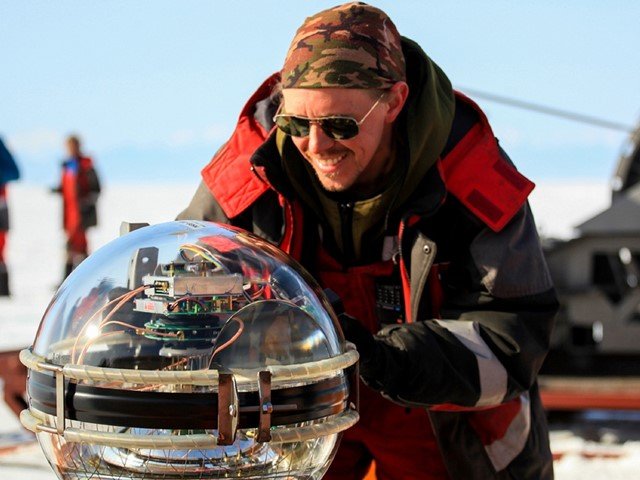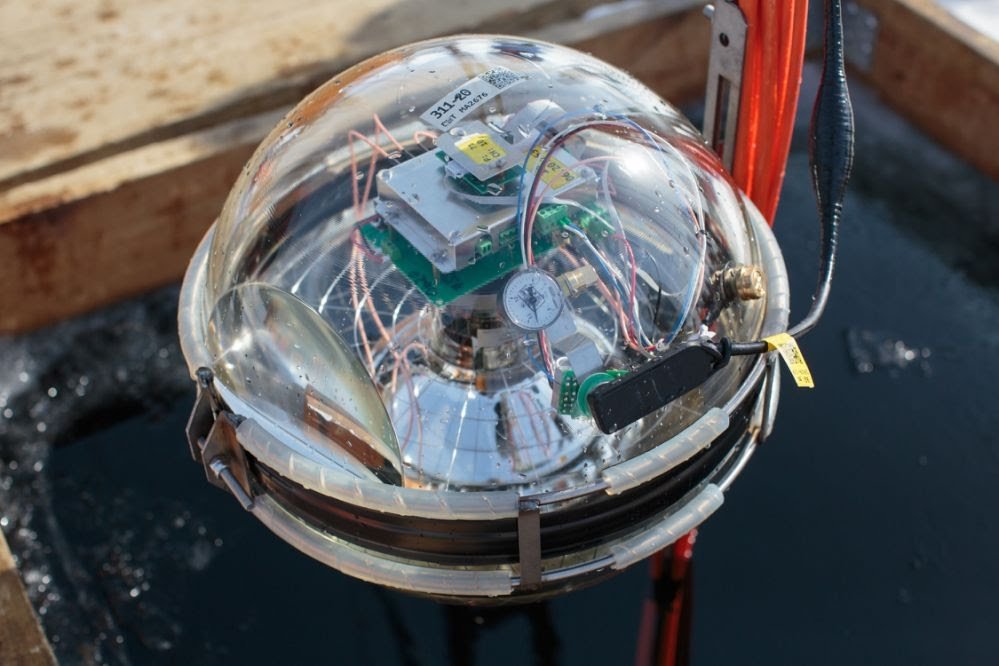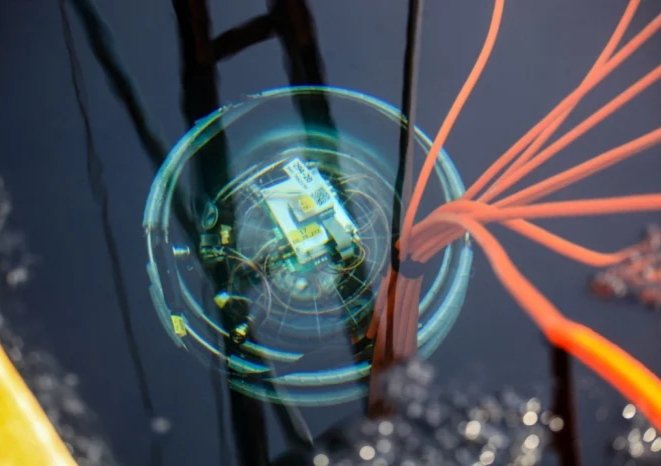Russian researchers on Saturday dispatched one of the world’s greatest submerged space telescopes to peer deep into the Universe from the pristine waters of Lake Baikal. The deeply submerged telescope, which has been under development since 2015, is intended to observe neutrinos, the littlest particles presently known.
Named Baikal-GVD, the telescope was lowered to a profundity of 750-1,300 meters (2,500-4,300 feet), around four kilometers from the lake’s shore. Neutrinos are difficult to recognize and water is a powerful mechanism for doing as such. The floating observatory comprises strings with circular glass and hardened steel modules joined to them.

On Saturday, researchers noticed the modules being painstakingly brought down into the freezing waters through a rectangular opening in the ice.
“A neutrino telescope estimating a large portion of a cubic kilometer is arranged right under our feet,” Dmitry Naumov of the Joint Institute for Nuclear Research told AFP while remaining on the lake’s frozen surface. In quite a long while the telescope will be extended to gauge one cubic kilometer, Naumov said. The Baikal telescope will rival Ice Cube, a goliath neutrino observatory covered under the Antarctic ice at a US research station at the South Pole and the ANTARES telescope deep underwater in the Mediterranean Sea, he added.
Russian researchers say the telescope is the biggest neutrino finder in the Northern Hemisphere and Lake Baikal – the biggest freshwater lake on the planet – is ideal for lodging the drifting observatory.
“Obviously, Lake Baikal is the lone lake where you can deploy a neutrino telescope in view of its profundity,” Bair Shoibonov of the Joint Institute for Nuclear Research told AFP. “Freshwater is additionally significant, water lucidity as well. Furthermore, the way that there is ice cover for two-over two months is additionally vital.”
The telescope is the aftereffect of cooperation between researchers from the Czech Republic, Germany, Poland, Russia, and Slovakia.


